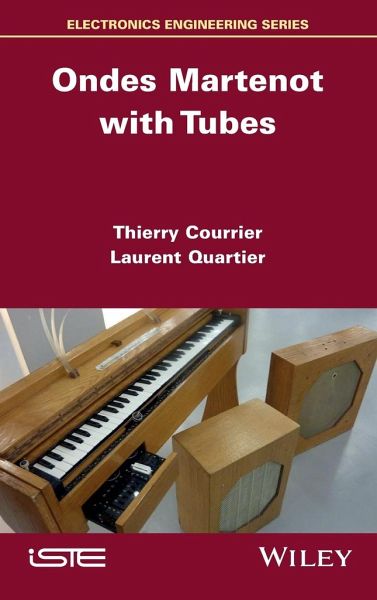
Ondes Martenot with Tubes
Versandkostenfrei!
Versandfertig in über 4 Wochen
146,99 €
inkl. MwSt.
Weitere Ausgaben:

PAYBACK Punkte
73 °P sammeln!
The Ondes Martenot is one of the precursors of electronic musical instruments, and is today considered, with the desire for a return to analogue, as a cult instrument. This book, which is the result of several years of research, sheds light on the intrinsic functioning of the Ondes Martenot. Based on the study of numerous prototypes, the authors trace the historical evolution of the different techniques used: additive, multiplicative and relaxation syntheses. Often, the analysis of the functioning of these instruments demonstrates atypical technological choices, underpinned by a logic that pla...
The Ondes Martenot is one of the precursors of electronic musical instruments, and is today considered, with the desire for a return to analogue, as a cult instrument. This book, which is the result of several years of research, sheds light on the intrinsic functioning of the Ondes Martenot. Based on the study of numerous prototypes, the authors trace the historical evolution of the different techniques used: additive, multiplicative and relaxation syntheses. Often, the analysis of the functioning of these instruments demonstrates atypical technological choices, underpinned by a logic that places artistic creation at the forefront. Several models and simulations are built, so as to understand the functioning of each of the different sub-assemblies (keyboard, ribbon, intensity key, timbre filter...). At the end of the book, the complete construction of an Onde (copy of model no. 208) is described in detail. This practical realization of a facsimile is an opportunity to explore the knowhow of the electronic luthier Maurice Martenot.



